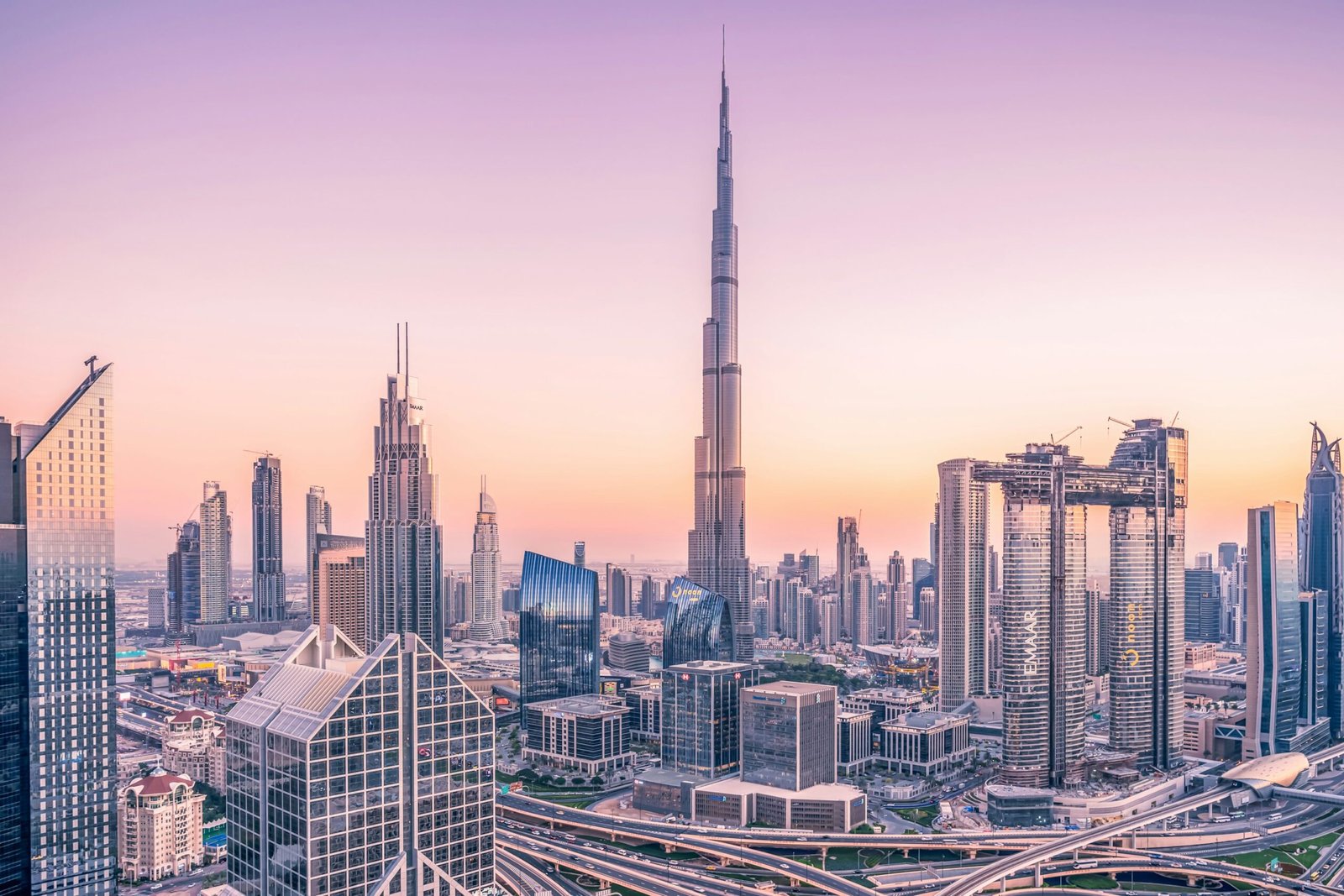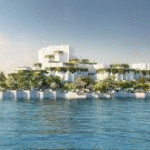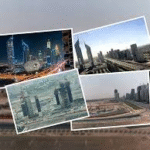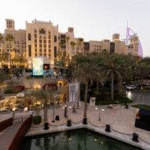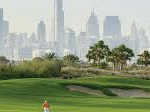Now Reading: Luxury Real Estate in Dubai: Trends and Buyer Preferences in 2025 for U.S. Investors
-
01
Luxury Real Estate in Dubai: Trends and Buyer Preferences in 2025 for U.S. Investors
Luxury Real Estate in Dubai: Trends and Buyer Preferences in 2025 for U.S. Investors
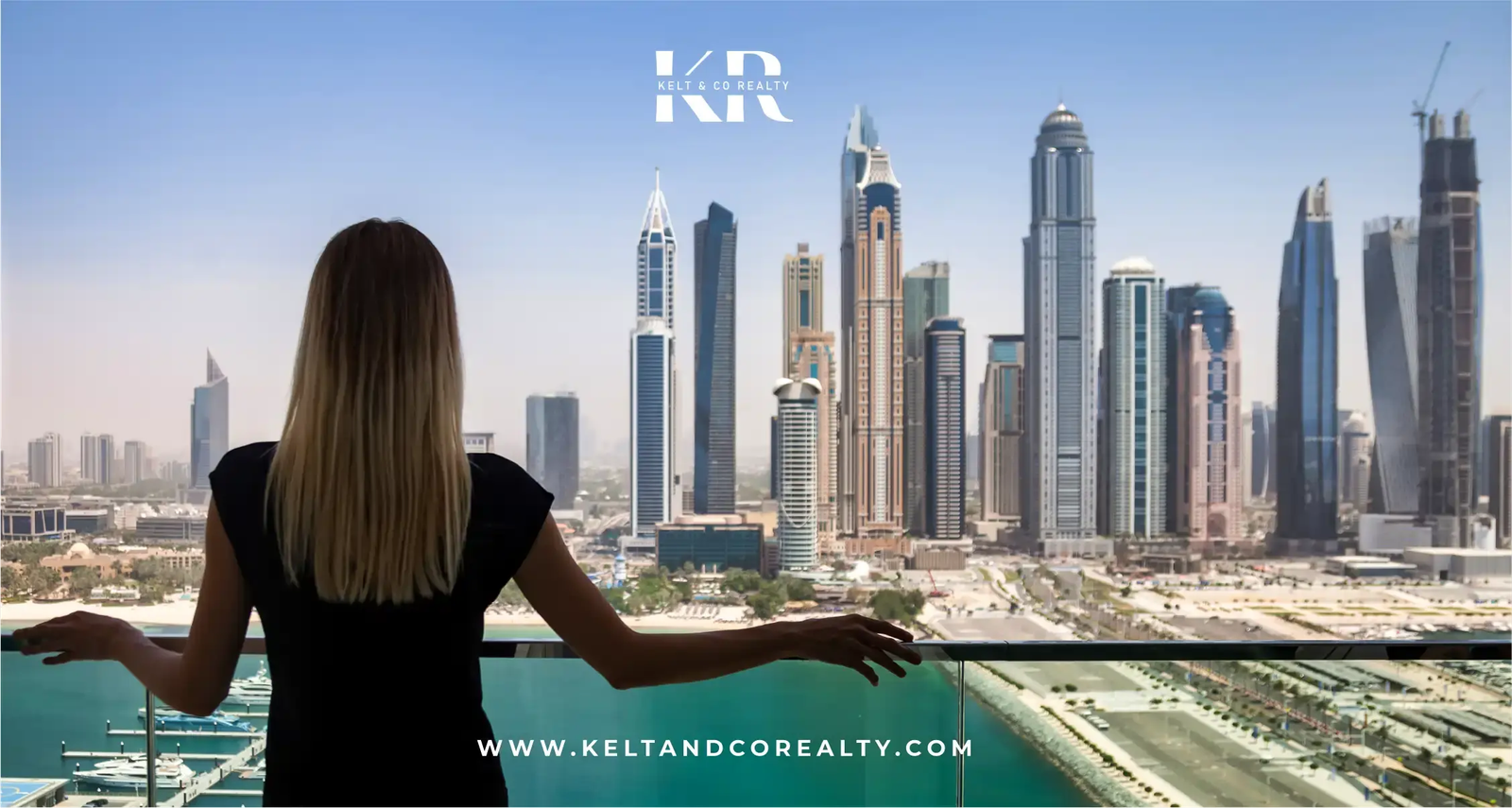
Table of Contents
Dubai’s luxury real estate market continues to captivate U.S. investors, offering unmatched returns and a lifestyle synonymous with extravagance. In 2024, Dubai’s property market recorded 226,000 transactions worth AED 761 billion (USD 207 billion), a 36% increase in volume and 20% in value from 2023, according to the Dubai Land Department (DLD). The luxury segment, defined as properties over AED 10 million (USD 2.7 million), saw a 62% surge in transactions, with 23 sales exceeding AED 30 million in March 2025 alone.
With rental yields averaging 7-9% and luxury property prices projected to rise 5-10% in 2025, Dubai outshines U.S. markets like New York (4-5% yields) or Miami (5-6%). ranks Dubai as a top destination for high-net-worth individuals (HNWIs), with U.S. buyers drawn to its tax-free returns, Golden Visa residency benefits, and cutting-edge innovations. This article explores the key trends and buyer preferences shaping Dubai’s luxury real estate market in 2025, offering insights for U.S. investors seeking to capitalize on this thriving sector.
Key Trends in Dubai’s Luxury Real Estate Market

1. Surge in Ultra-Luxury Transactions
The luxury segment is booming, with properties priced above AED 10 million driving significant market activity. In 2024, sales of ultra-luxury homes (over AED 30 million) increased by 45%, particularly in prime areas like Palm Jumeirah, Emirates Hills, and Dubai Hills Estate. Average prices in these areas reached AED 3,200 per square foot in Q1 2025, up 12% year-on-year. U.S. investors are increasingly active, drawn by the potential for capital appreciation and rental yields of 7-9%, compared to 4-5% in prime U.S. markets. Branded residences, such as Emaar’s Armani Residences or Bulgari Residences, are particularly popular, offering prestige and high returns.
2. Demand for Waterfront and Exclusive Properties
Waterfront properties dominate buyer preferences, with Palm Jumeirah, Dubai Marina, and Emaar Beachfront leading the market. In 2024, Palm Jumeirah recorded 1,200 luxury transactions, with villas averaging AED 15 million (USD 4.1 million). Buyers seek exclusivity, with private beaches, infinity pools, and panoramic views topping wish lists. U.S. investors, accustomed to coastal markets like Miami, find Dubai’s waterfront properties appealing for their lifestyle and investment potential, with short-term rental yields reaching 8-10% due to tourism demand. highlights waterfront homes as a key driver of luxury sales.
3. Sustainability and Smart Home Technologies
Sustainability is a defining trend, with 35% of luxury properties in 2025 expected to be LEED-certified, up from 15% in 2020. Buyers prioritize eco-friendly features like solar panels, energy-efficient systems, and sustainable materials, which reduce operating costs by 15-20%. Smart home technologies, including AI-driven security, automated lighting, and voice-controlled systems, are standard in high-end developments like Emaar’s The Oasis or DAMAC’s Cavalli Estates. U.S. investors, familiar with smart home trends in cities like San Francisco, value these features for their convenience and appeal to tech-savvy tenants.
4. PropTech and Digital Innovation
PropTech is transforming the luxury market, with virtual reality (VR) tours, AI-driven valuations, and blockchain-based transactions enhancing buyer experiences. The DLD’s Real Estate Tokenisation Project, launched in March 2025, enables secure, transparent ownership of fractional luxury properties, lowering entry barriers for U.S. investors. Platforms like Property Finder and Houza offer 3D tours and predictive pricing, allowing remote decision-making. These innovations make Dubai’s luxury market accessible to U.S. buyers without the need for frequent travel, streamlining investments in a tax-free environment.
5. Mixed-Use and Branded Developments
Mixed-use developments integrating residential, retail, and leisure spaces are gaining traction. Projects like Dubai Creek Harbour and Downtown Dubai combine luxury residences with world-class amenities, such as Michelin-starred restaurants and designer boutiques. Branded residences, such as Versace Home or Bentley Residences, appeal to U.S. buyers seeking exclusivity and prestige. These developments saw a 30% increase in sales in 2024, with prices starting at AED 5 million for apartments and AED 20 million for villas, offering 7-8% yields.
Buyer Preferences in 2025

1. Exclusivity and Customization
U.S. buyers prioritize exclusivity, favoring limited-edition properties in gated communities like Emirates Hills or The World Islands. Customization is key, with developers offering bespoke interiors, private elevators, and tailored layouts. In 2025, 60% of luxury buyers request custom features, such as home theaters or wellness suites, according to industry reports. These preferences align with U.S. trends in markets like Los Angeles, where personalized luxury homes are in high demand.
2. Lifestyle-Driven Properties
Luxury buyers seek properties that enhance lifestyle, with amenities like private pools, rooftop terraces, and direct beach access. Areas like Palm Jumeirah and Jumeirah Bay Island cater to these desires, offering proximity to yacht clubs, golf courses, and cultural hubs like the Burj Al Arab. U.S. investors, particularly from coastal states, value these properties for their vacation home potential, with short-term rentals generating 8-10% yields during Dubai’s peak tourism season.
3. Residency and Investment Incentives
The Golden Visa program, offering 10-year residency for investments over AED 2 million, is a major draw for U.S. buyers. In 2024, over 20% of Golden Visa applications came from North American investors, reflecting its appeal. Tax-free capital gains and rental income further enhance Dubai’s attractiveness compared to U.S. markets, where capital gains taxes can reach 20%. U.S. HNWIs see Dubai as a strategic base for global investments and residency.
4. Focus on Privacy and Security
Privacy and security are top priorities, with buyers favoring gated communities and properties with advanced security systems, such as biometric access and 24/7 surveillance. Developments like Dubai Hills Estate and Al Barari offer secluded villas with private compounds, appealing to U.S. buyers accustomed to secure estates in areas like Beverly Hills. These features ensure peace of mind for both residents and investors leasing to high-profile tenants.
5. Tourism-Driven Short-Term Rentals
Dubai’s tourism boom, with 18.7 million visitors in 2024 (up 9% from 2023), drives demand for luxury short-term rentals. Properties in Dubai Marina and Downtown Dubai achieve occupancy rates above 75%, with hotel RevPAR up 1% in 2024. U.S. investors, familiar with Airbnb trends in cities like Miami, are drawn to these properties for their passive income potential, particularly in areas hosting global events like GITEX or the Dubai Airshow.
Investment Opportunities for U.S. Investors
1. Waterfront Villas and Apartments
Properties in Palm Jumeirah and Emaar Beachfront, starting at AED 5 million for apartments and AED 15 million for villas, offer 7-9% yields and 10% price appreciation. These are ideal for U.S. investors seeking high returns and lifestyle appeal.
2. Branded Residences
Branded developments like Bulgari Residences or Armani Residences, starting at AED 10 million, combine prestige with 7-8% yields, appealing to U.S. HNWIs targeting exclusive investments.
3. Sustainable Luxury Properties
Green-certified projects like The Oasis, with villas starting at AED 20 million, offer cost savings and align with U.S. sustainability trends, attracting eco-conscious investors.
Challenges to Navigate
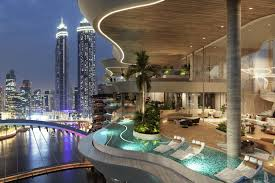
Despite its strengths, the luxury market faces challenges. A supply of 76,000 new units in 2025 could stabilize prices in some segments, though prime areas remain undersupplied. Global economic uncertainties, such as interest rate hikes (UAE mortgage rates at 4-6%), may impact financing for non-residents. U.S. investors should work with RERA-registered agents and leverage DLD’s Ejari system for due diligence to mitigate risks.
Why U.S. Investors Should Act Now
Dubai’s luxury real estate market in 2025 offers U.S. investors tax-free returns, high yields, and residency benefits in a stable economy with 4.5% projected GDP growth. The UAE’s removal from the FATF Grey List in 2024 and enhanced AML regulations ensure a secure investment environment. ranks Dubai among the top five markets for cross-border investment, making it an ideal time for U.S. buyers to act.
Conclusion
Dubai’s luxury real estate market in 2025 is a powerhouse of opportunity for U.S. investors, driven by surging demand, waterfront appeal, sustainability, and PropTech innovations. With preferences for exclusivity, lifestyle, and residency benefits, U.S. buyers can capitalize on high-yield properties in prime areas like Palm Jumeirah and Dubai Marina. By partnering with professionals and staying informed, U.S. investors can secure a foothold in one of the world’s most dynamic luxury real estate markets.
WATCH MORE: https://www.youtube.com/watch?v=NNVsC-z227U
READ MORE: Top 10 Emerging Real Estate Investment Areas in the UAE for 2025



